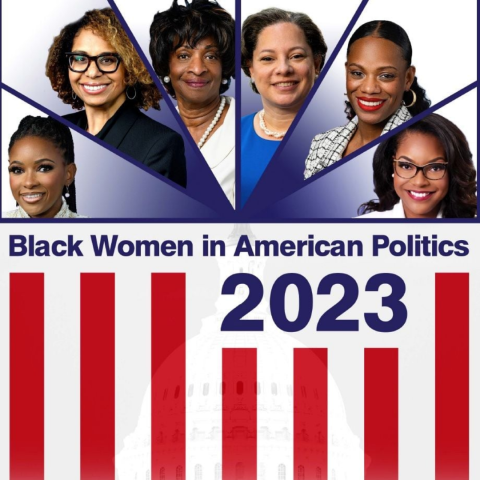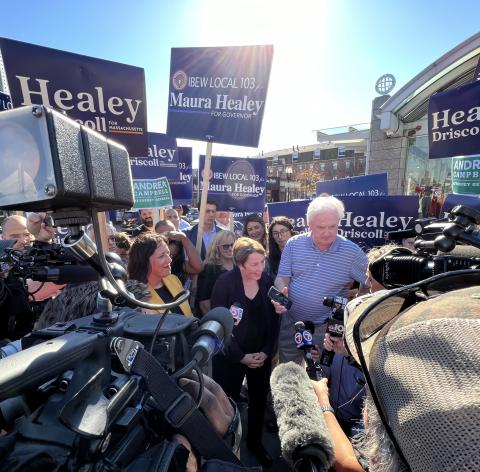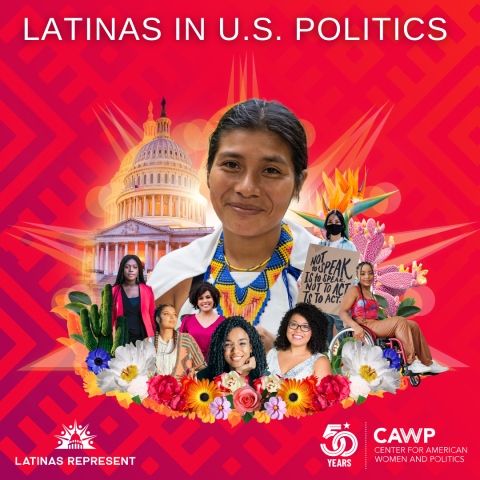Black Women in American Politics 2023
by Kelly Dittmar, Ph.D.
ReportResearchGender and Race/EthnicityFederal ExecutiveCongressStatewide ExecutiveState LegislatureLocalWomen in Election 2022: Marking Midterm Progress
by Kelly Dittmar, Ph.D.
ReportResearchCAWP ScholarCandidates and CampaignsPolitical PartiesGender and Race/EthnicityElective OfficeCongressStatewide ExecutiveState LegislatureLatinas in U.S. Politics 2022
by Kelly Dittmar, Ph.D.
ReportResearchCandidates and CampaignsGender and Race/EthnicityElective OfficeFederal ExecutiveCongressStatewide ExecutiveState LegislatureLocalWomen in State Legislatures 2022
Fact SheetFact Sheet ArchiveState LegislatureWomen in State Legislatures 2023
Fact SheetFact Sheet ArchiveState LegislatureWomen in State Legislatures 2024
Fact SheetFact Sheet ArchiveState LegislatureWomen in Elective Office 2023
Fact SheetElective OfficeCongressStatewide ExecutiveState LegislatureLocalWomen in State Legislatures 2025
Fact SheetFact Sheet ArchiveState LegislatureWomen in Elective Office 2025
Fact SheetElective OfficeCongressStatewide ExecutiveState LegislatureLocalWomen in Elective Office 2022
Fact SheetElective OfficeCongressStatewide ExecutiveState LegislatureLocal




